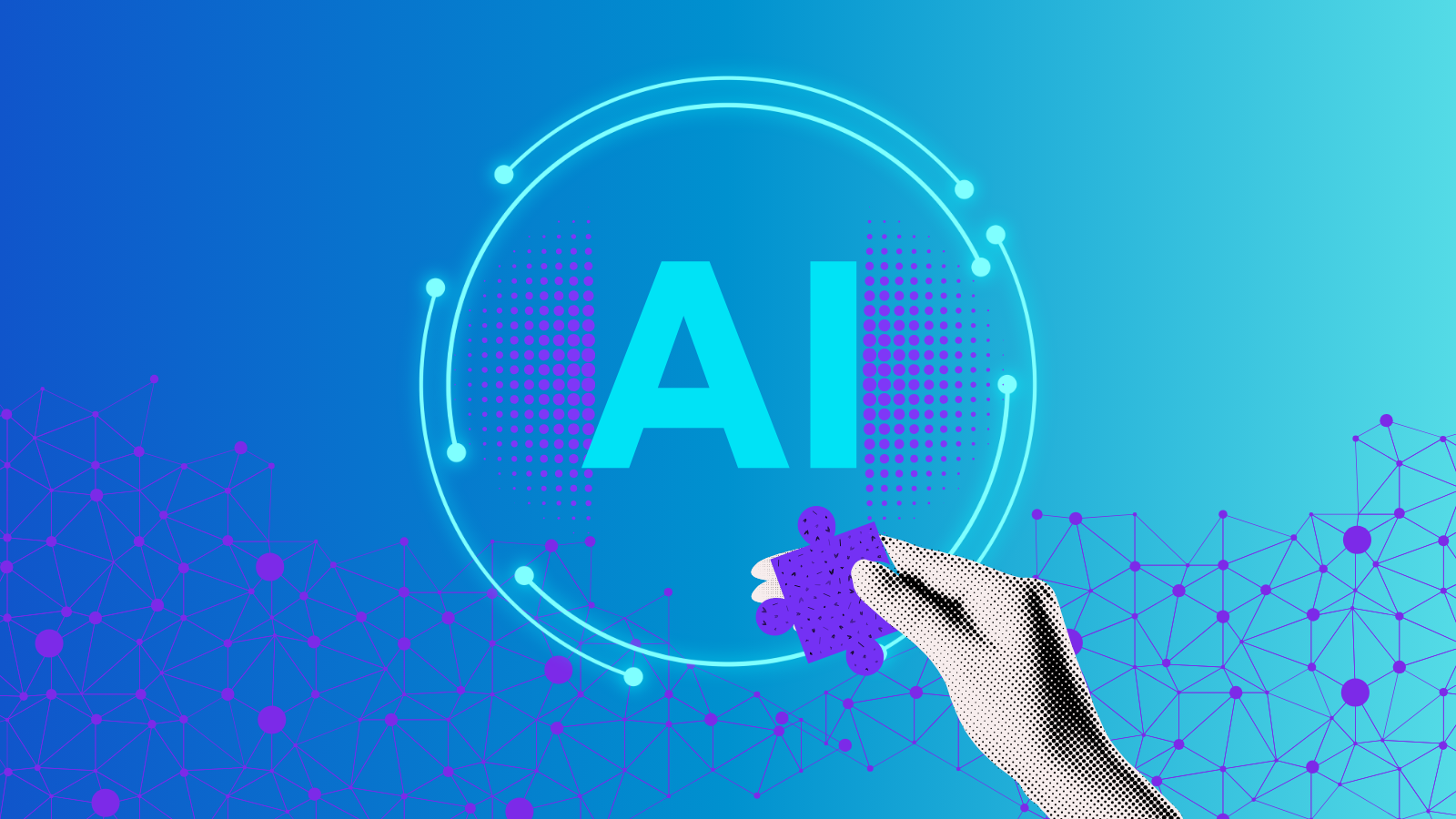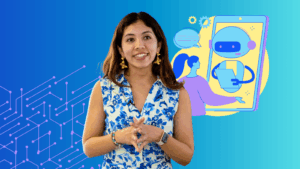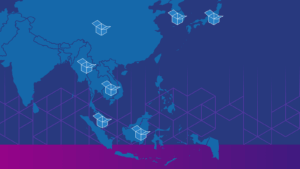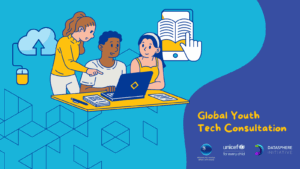“Why is a “women in AI” networking event needed?” was a question asked when I was co-hosting one in Brussels last year. It’s a question that occasionally comes up about efforts that aim to create space for and/or amongst women, and it’s one that needs to be understood or at least a topic of exchange. With the race to develop and regulate AI ever evolving, who is shaping these tech advancements or policy decisions is becoming increasingly important. Ahead of France’s AI Action Summit coming up on February 10 2025, this blog shares some reflections on addressing the women in AI gap.
To start off with, it’s helpful to share some context on women and AI right now: The World Economic Forum’s Global Gender Gap Report shows that women represent only 29.2% of STEM professionals, with low levels of retention in the workforce. While 73% of business leaders believe having more women leadership is important for mitigating gender bias in AI, only 33% currently have a woman in charge of decision-making for AI strategy.
At the same time groups supporting women in STEM fields are struggling to survive as governments and corporations’ shrink budgets and investment in diversity strategies. 2024 saw the closure of various charities including Women Who Code, a US-based group with 145,000 members, Girls in Tech, and the UK initiative Tech Talent Charter. All organizations shared the funding constraints and overall decreasing investment in equality, diversity and inclusion commitments as reasons for folding.
Unfortunately, in the public sphere, the media fixates on male figures such as Sam Altman, Elon Musk, Mark Zuckerberg, Jeff Bezos, the list goes on. Beyond the tech space and outside the US, it’s worth noting that as EU rules to improve Gender Balance in corporate boards entered into application last year, it was reported that Von der Leyen herself struggled to conceive a gender balanced Commission. Even in the not-for-profit tech policy realm, some organizations do not ensure gender balance in their task forces working on equity and civil society organizations are equally facing funding constraints to leverage their digital inclusion work.
Lack of gender balance and investment in projects to support women is not just about optics or playing nice. Lack of representation and diverse female perspectives can have real and concrete impacts on AI uptake and bottom lines. For example in the case of AI and healthcare, in a 2022 research study, AI predictive models that used blood tests to identify liver disease were found to be “twice as likely to miss disease in women as in men.” An AI recruiting program was found to be biased against females when reviewing CVs for a technical position. As more of these examples unfold, there is a risk in AI products and services being dismissed as unfit for population wide tools. It is important that the full range and spectrum of women are represented at the different stages of AI development and deployment to address societal challenges and ultimately deliver on AI’s potential for development. Taking a lens of intersectionality to the AI landscape uncovers deeper divides and exclusion of women and girls.
Spaces and efforts to connect women can help share knowledge, support and spotlight success. Events and networks for women in AI to connect and share opportunities and the challenges they face can ignite support networks, create mentors and foster connections. Women can find supporters to help raise awareness of the challenges they face. If we want AI to be widespread and used for social impact, we need to invest time and money in forums for women to network, build champions, showcase success, and tap into funding opportunities.
Ultimately, you need to see a narrative to change a narrative, that is why efforts such as UNESCO’S Women 4 Ethical AI Conference, Google’s Women in AI and many others are important to celebrate and spotlight female trailblazers developing and using AI. A new initiative, the She Shapes AI awards aims to highlight and recognize women’s achievements across the globe. The organization aims to inspire and support women and girls interested in or working on AI and foster a culture of responsible innovation and social impact within the AI community with women leading the way.
The truth is we need a whole host of different strategies and initiatives to address the women in AI gaps and there are many great examples. There will not be a silver-bullet but a web of projects and people supporting gender diversity and leveraging intersectional analysis. Looking ahead to France’s AI Action Summit in February 2025, conversations and efforts to ensure meaningful gender balance and female representation in AI will be a crucial start to 2025. It’s not only an opportunity to signal public and private intentions to ensure a more trustworthy and responsible AI ecosystem, but also one that is representative and inclusive.




